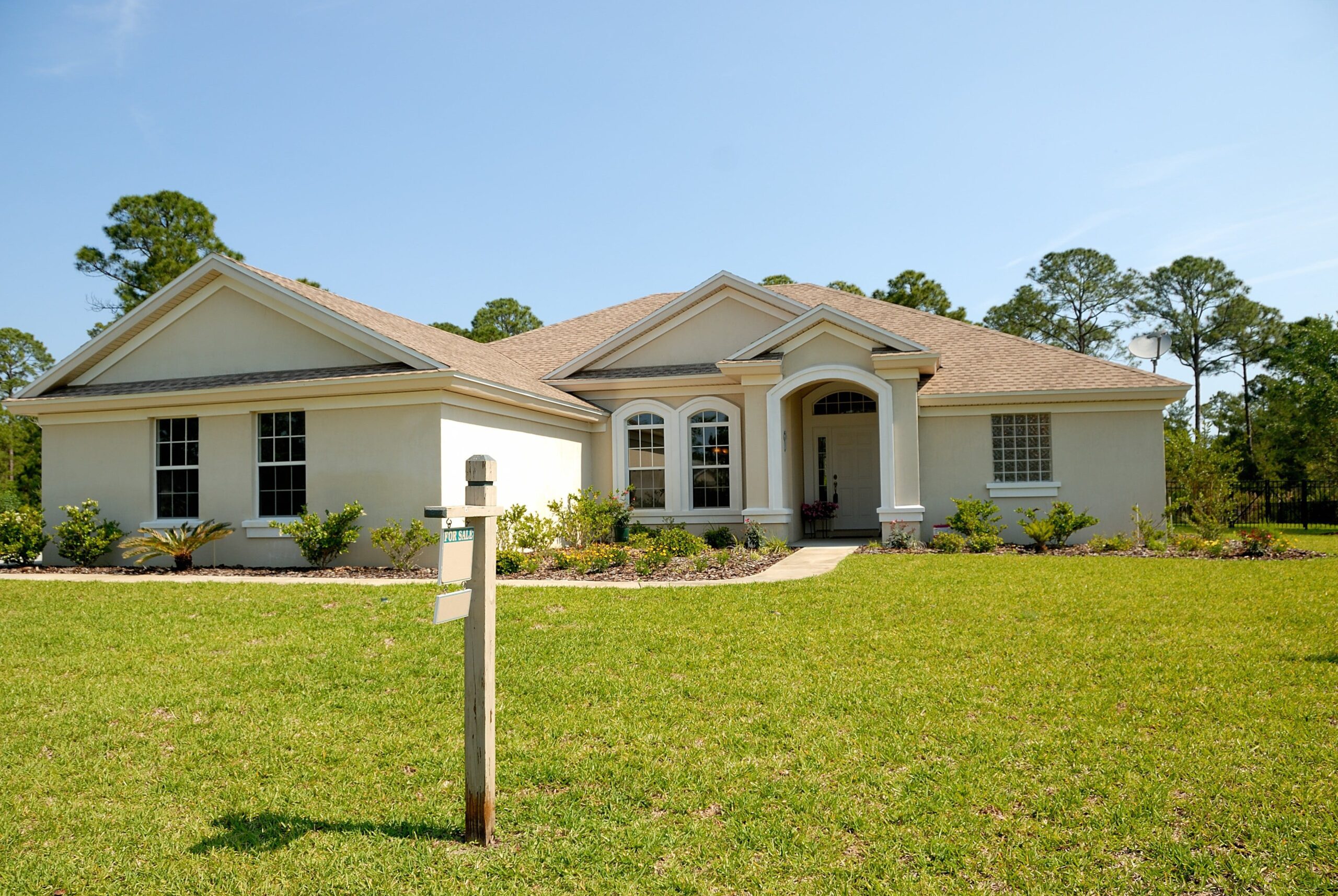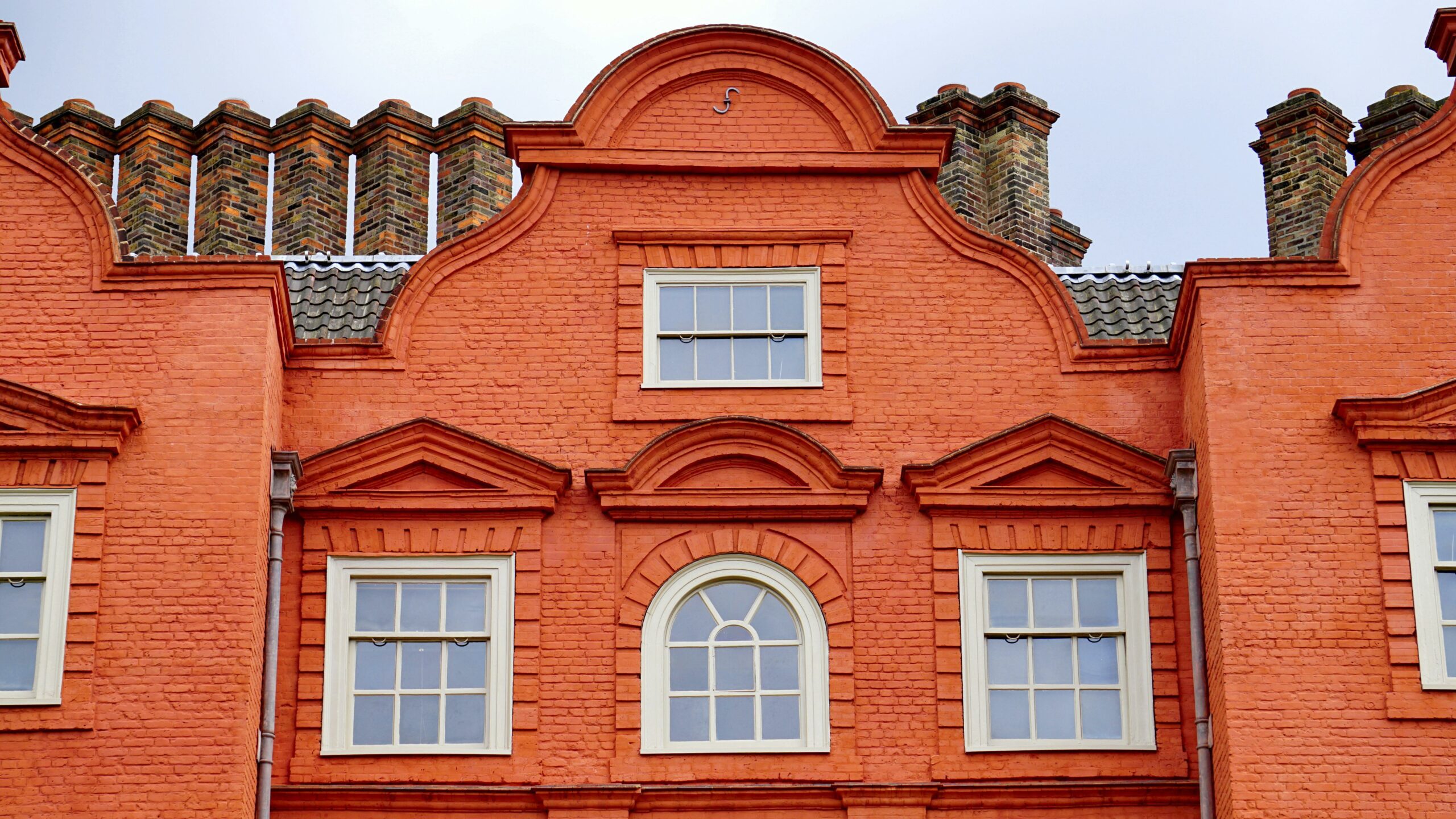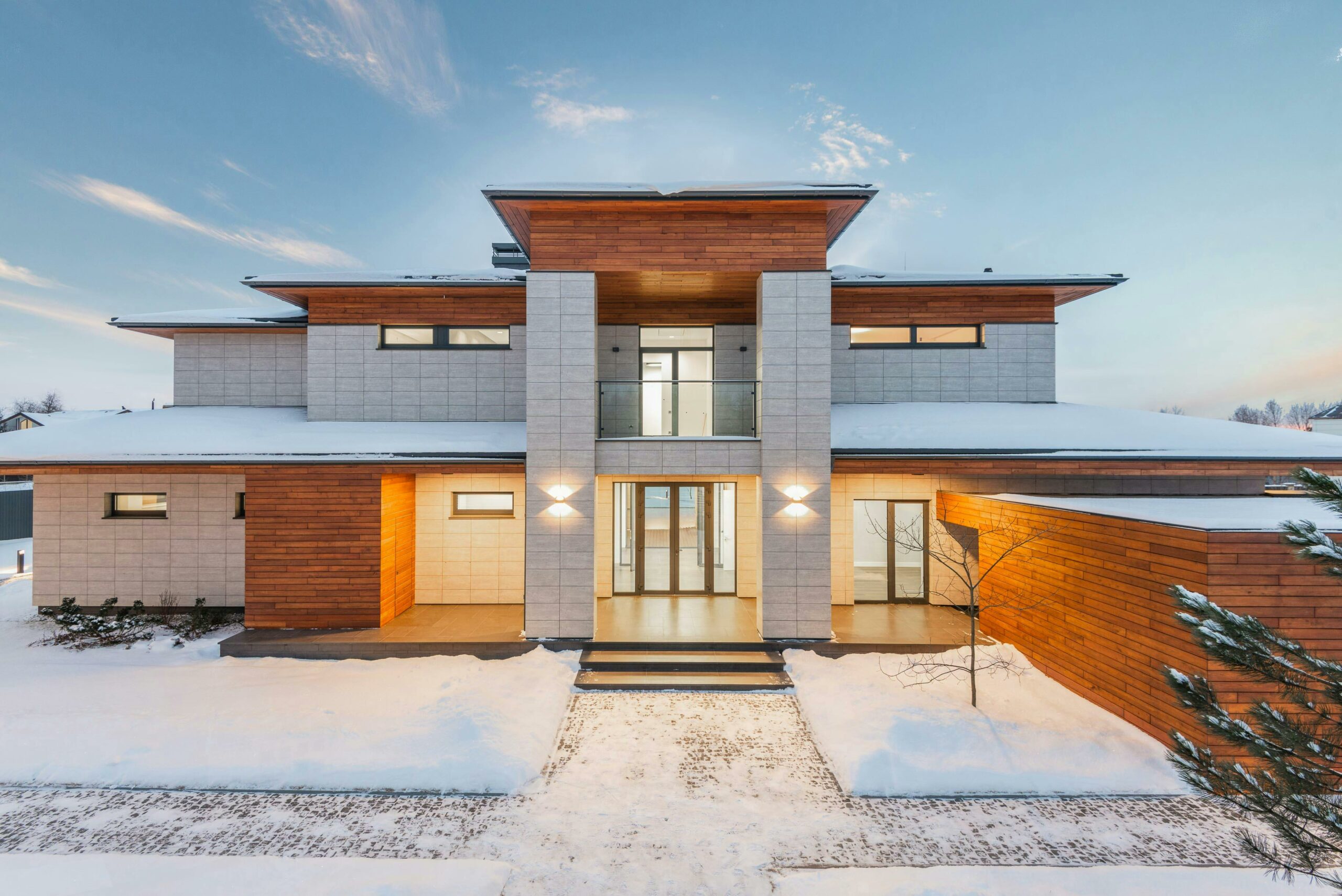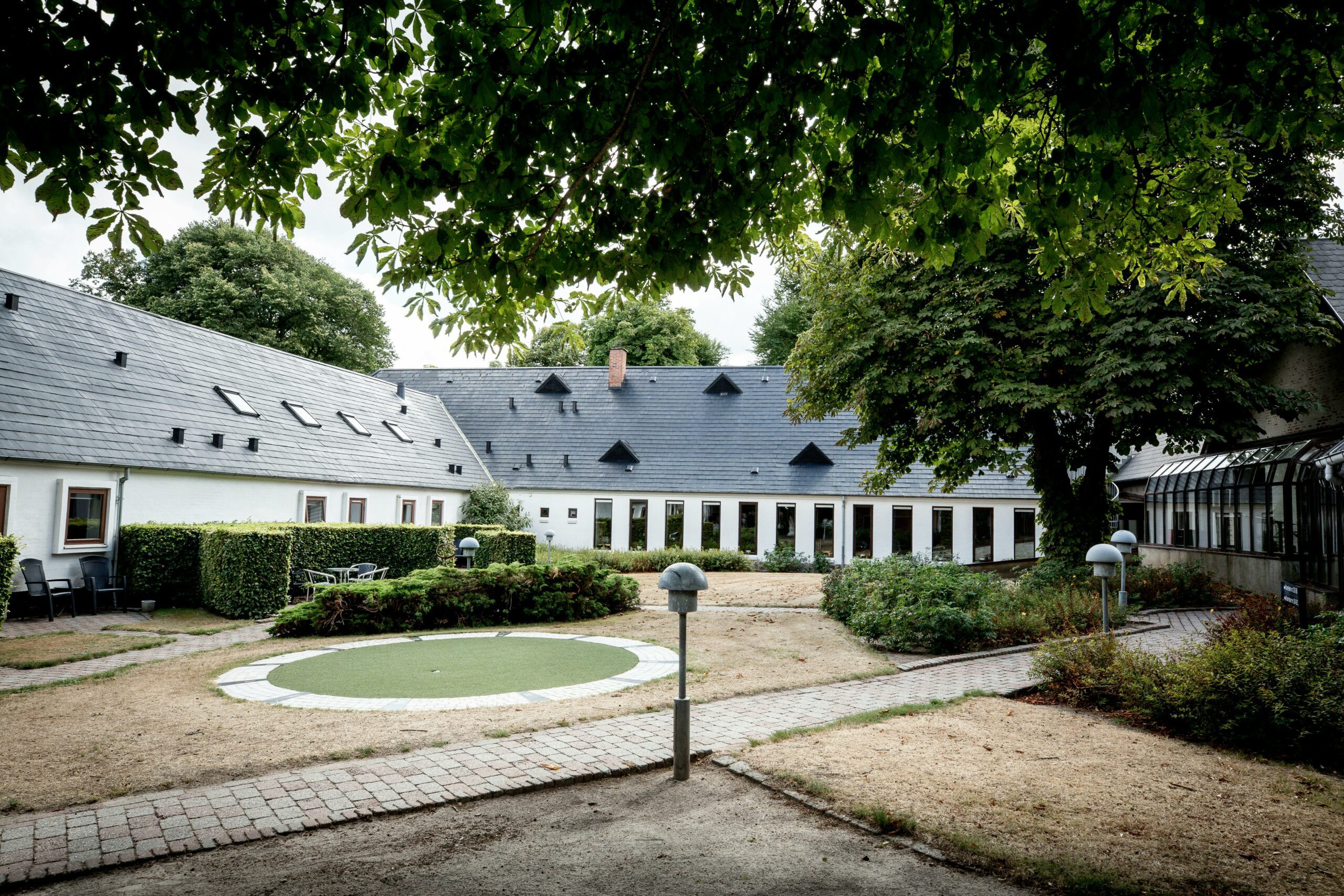The capitalization rate, or cap rate, is a fundamental concept that investors use to evaluate the profitability and potential return on investment of a property. But what exactly is a good cap rate, and how does it affect your investment decisions? In this post, we’ll dive into the nuts and bolts of cap rates, helping you understand their significance in real estate investments.
What is Cap Rate?
Before we discuss what a good cap rate is, it’s important to understand what it is. The cap rate is a metric used to determine the potential return on an investment property. Think of it as a tool that helps investors evaluate the profitability and risk of a property before committing their resources.
It is calculated by dividing the property’s annual net operating income (NOI) by its current market value or purchase price.
The NOI represents the annual income generated by the property, minus operating expenses (excluding financing costs).
The formula looks like this:
Cap Rate = Net Operating Income (NOI) / (Current Market Value or Purchase Price)
The Significance of Cap Rate
The cap rate offers a quick, initial glance at a property’s yield in a given year, without considering mortgage financing. This exclusion is key as it allows the cap rate to reflect the property’s operational performance based on its income and current market value, untainted by debt structures.
It’s especially useful for comparing the relative value of properties in the same area or sector.
By standardizing the measure of return across various properties, cap rate enables investors to make more informed, apples-to-apples comparisons. This is particularly useful in markets with a diverse range of property types and values.
Take your real estate investing to new heights with Oambase, our advanced property investment analysis software. Streamline your deal analysis, access comprehensive market data, and make informed, profitable decisions with ease. Start your journey towards smarter investing today!
What is Considered a Good Cap Rate?
Identifying a ‘good’ cap rate is not a one-size-fits-all endeavor; it’s a subjective assessment that varies widely based on several key factors. These include the local real estate market dynamics, the specific location and type of the property, and, importantly, the investor’s own risk tolerance and investment objectives. Generally, cap rates fall within a range of 4% to 10%, but this is a broad spectrum that can shift based on market conditions and property specifics.
High Cap Rates: Higher Returns with Increased Risk
- Characteristic Range: Typically above 8%.
- Where Found: More common in regions or properties associated with higher risk or those requiring extensive management or significant improvements.
- Pros: The lure of high cap rates lies in their promise of potentially higher returns.
- Cons: However, these come with a trade-off, including a greater possibility of value fluctuations and more intensive management requirements.
Low Cap Rates: Stability Over Spectacular Returns
- Characteristic Range: Generally below 6%.
- Where Found: Often observed in stable, well-established areas with lower perceived risks, such as major urban centers.
- Pros: These investments are considered safer, with more predictable and stable income streams.
- Cons: The downside is the typically lower return rates, which may not yield substantial gains in the short term.
Factors Influencing Cap Rates
- Location: Prime locations often have lower cap rates due to higher property values and stability.
- Property Type: Commercial properties might have different cap rates compared to residential properties.
- Economic Conditions: Interest rates, the local economy, and the real estate market health all influence cap rates.
- Property Condition: Older or poorly maintained properties may have higher cap rates due to perceived higher risks.
Using Cap Rate Wisely
While the cap rate is a valuable tool, it should not be the sole factor in making an investment decision. Consider it as part of a broader analysis, including market trends, property conditions, and your long-term investment strategy.
Conclusion
Understanding what constitutes a good cap rate is crucial in making informed real estate investment decisions. Remember, a good cap rate varies by market, property type, and individual investment goals. Always consider the broader economic and market context when evaluating potential investments.
Resources
Matthews – What is a good cap rate for an investment property?
Investopedia – Capitalization Rate: Cap Rate Defined With Formula and Examples






